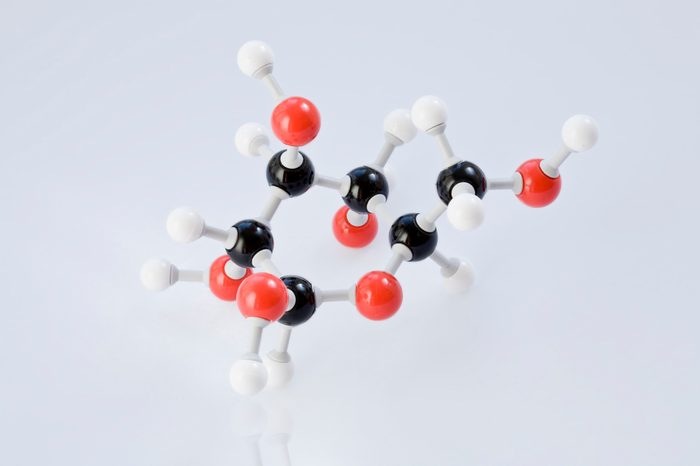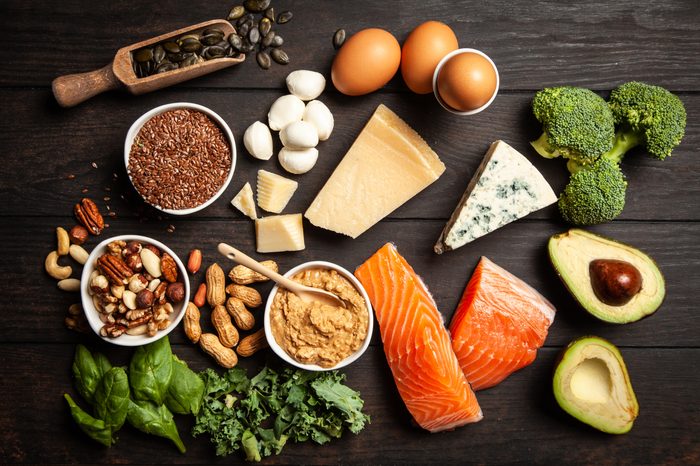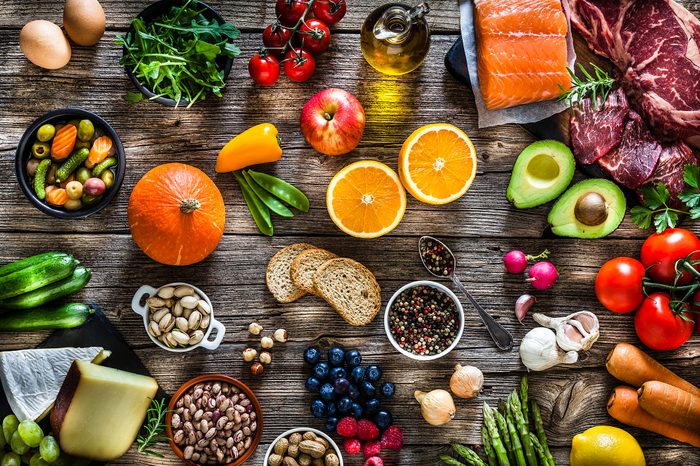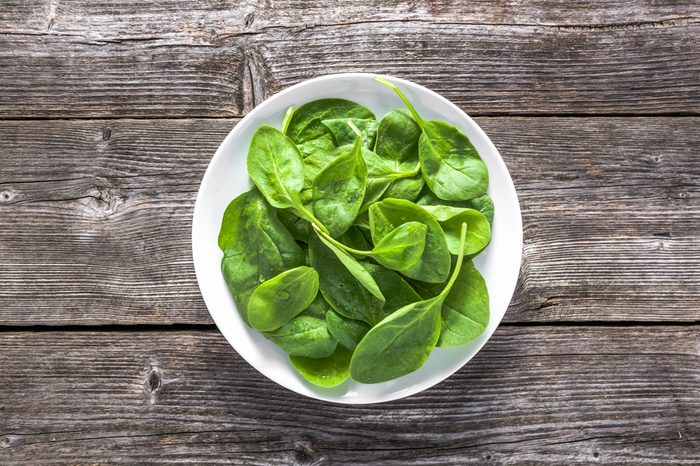Micro- and macronutrients
Micronutrients such as vitamins and minerals tend to steal the nutritional spotlight, but macronutrients are considered the real superstars. Macronutrients are nutrient groups that we consume in the largest quantities and provide us with the majority of our energy, namely carbohydrates, proteins, and fats, explains Kristen Smith, RD, a registered dietitian at Piedmont Healthcare in Atlanta and a spokesperson for the Academy of Nutrition and Dietetics.
“We need all three macronutrients to survive and thrive,” adds Robin Foroutan, RDN, an integrative medicine dietitian at the Morrison Center in New York City and also a spokesperson for the Academy of Nutrition and Dietetics. Read on to learn about carbs, protein, and fats, and how balancing your macronutrients may help promote weight loss.

What are carbs?
Carbohydrates are compounds comprised of smaller sugar molecules “like a string of pearls,” says Foroutan. “Carbs are our bodies preferred energy source.” Some carbohydrates are better than others when it comes to supplying sustained energy, she says. Slow-burning carbs—meaning they are digested and raise your blood sugar more slowly, often because they also contain fiber—include vegetables, fruit, beans, legumes and whole grains. These are generally recommended for sustained energy, while white breads, cookies, sugar, and sugar-sweetened beverages are highly processed and tend to spike our blood sugar and cause a crash. (Here are 8 swaps that will help you eat healthier carbs.)

Carbs, counting macros, and weight loss
Ever wonder why some people count macros to lose weight? It’s a more flexible way of eating that allows people to choose what they like, as long as they stick to a certain amount of calories and a ratio of carbs, protein, and fat. (Although they sound similar, a macro diet and a macrobiotic diet are two completely different things.)
While some weight loss plans call for dramatically reducing the amount of carbs you consume, not all carbs are created equal, adds Smith. The type of carbohydrate you choose plays a role in weight loss. “Whole grain choices offer greater health benefits and more satiety than choices made with refined white flour,” she says. Try to choose a variety of whole grains and include moderate portions of fruit and starchy vegetables in your diet.

Protein
Similar to carbs, not all protein is created equal—some contain more unhealthy fat, according to Smith. “For improved heart health and decreased fat intake aim for leaner protein choices such as chicken, fish, turkey, beans, or low-fat dairy.” Proteins are used for the maintenance, healing, and repair of protein tissues in the body. Other great sources of protein include lentils, beans, legumes, soy, and eggs. It’s best to avoid or limit red meat and cheese, bacon, cold cuts, and other processed meats.

Fats
Just like carbs and proteins, some fats are healthier for you than others, Smith says. “Certain types of fats actually offer heart-healthy benefits,” she says. “Focus on mono- and poly-unsaturated fats which typically come from vegetables, fish, nuts, and seeds,” she says. Check out these five healthy fats you should include in your diet, including avocado.

Categorizing foods by macronutrient
There’s a catch when it comes to macronutrients, according to Foroutan, who says some foods can fit into more than one category. Registered dietitians categorize foods by the most prominent macronutrient. Some foods fit into more than one macronutrient category, she says. “Fish is a protein, but it can also it also has some fat.” For example, three ounces of cooked, wild salmon provides 21 grams of protein and about 7 grams of fat.

Choosing macronutrients
There is no one-size-fits-all macronutrient ratio, Foroutan says. “It really does vary based on your current health status and what goals you are trying to achieve,” she says. “If you are trying to build muscle, run a marathon or heal from an injury, your macronutrient needs shift.” In general, the Dietary Guidelines for Americans suggest that adults should aim to get 45 to 65% of calories from carbohydrates, 10 to 35% from protein, and 20 to 35% from fat.
Many different macronutrient distributions are effective in weight loss, Smith adds. “The key for long-term success is making sustainable choices that offer adequate macro- and micronutrient profiles,” she says. “Evidence supports when calorie intake is controlled, macronutrient breakdown can vary and still produce weight loss.”

Danger of eliminating macronutrients
Typically diets that eliminate or drastically reduce an entire macronutrient group are not effective for the long-haul, Smith says. “Individuals may be successful with weight loss with these type of dietary interventions in the short-term, however they typically aren’t able to maintain the weight loss for greater periods of time.” What’s more, if followed for longer periods of time, diets eliminating entire food groups, could increase your risk of vitamin deficiencies. “A diet extremely low in carbohydrates, will likely significantly reduce or remove most grains and fruit, which may increase your risk of a vitamin B deficiency.” (Here are 16 low-carb diet mistakes that people make.)

Don’t forget to add fiber
Fiber is an essential part of a healthy diet, and research has found individuals who consume high-fiber diets for six weeks have increases in short chain fatty acids (SCFAs). These beneficial molecules form from bacterial fermentation of fiber in the gut, and have been linked to a lower risk of heart disease, cancer, and other conditions.
In the 2020 study published in the American Journal of Clinical Nutrition, volunteers followed a calorie-controlled, high-fiber diet that was also high in either carbohydrates, protein, or unsaturated fat. The researchers hypothesized that the overall macronutrient composition of a high-fiber diet plays a role in driving health and weight loss. They found that the high fiber, high plant-protein diet had a slight edge in terms of benefits for insulin, blood sugar levels, and ghrelin and leptin, which are satiety and hunger hormones that impact weight loss.
If you are looking to lose weight, opt for fiber rich foods that provide all three macronutrients, like beans and lentils for protein, nuts and seeds for healthy fat, and nutrient-rich whole grains for carbohydrates. And keep in mind that one 2015 study found that a simple approach—just focusing on eating more fiber—helped people lose weight too.
Next, read about the signs you aren’t eating enough fiber.

